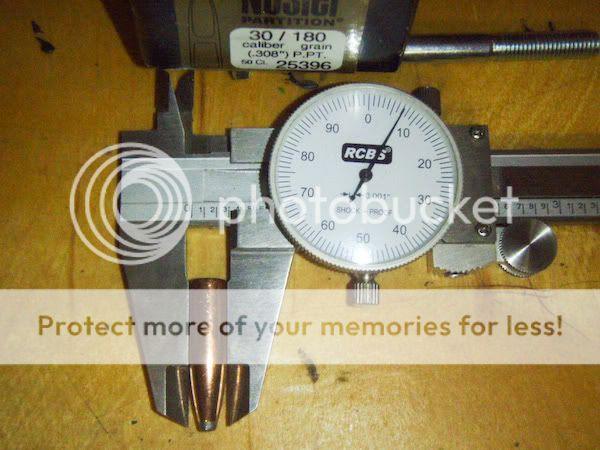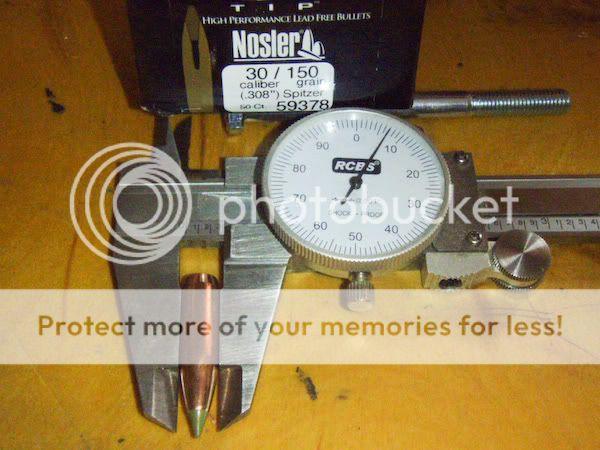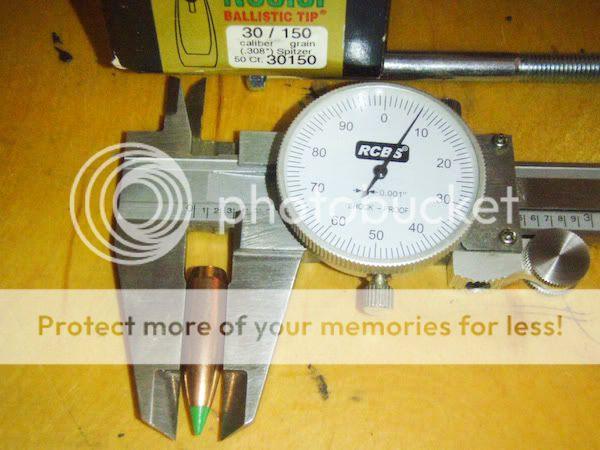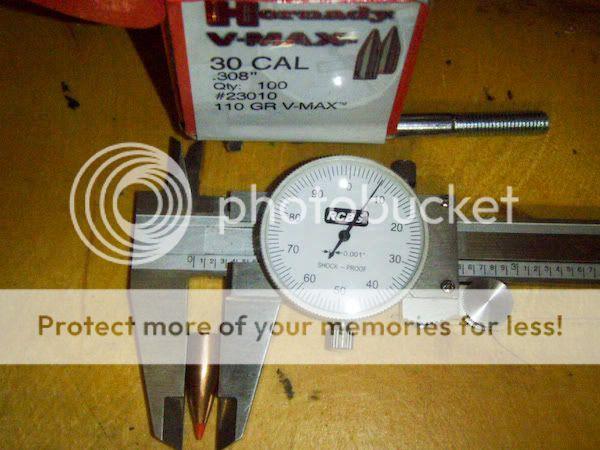davkrat
Well-Known Member
Think I may have ruined some of my brass for mt .308 by not lubing the inside neck enough (or at all) before sizing. I recently read that lack of lube will lead to scraping the interior of the case neck. I've since started using Froggies recommendation to ditch the expander on reloaded brass.
I don't have a problem with any bullets but the ETips. About 1/3 of my cartridges will not hold any tension on an ETip, I can put a VMax or Partition in the same piece of brass and there's no problem. I only partially neck size but I don't think a lack of bearing surface is the problem. It seems like the Etips might be slightly narrower than the other cup and core bullets and the slight lack of tension affects the cartridge grip. Anyone else ever experienced this?
I've got a bunch of new brass loaded up to once fire to see if it is a problem with the Etips or if I just screwed up that other batch of brass. I now sort my brass as those that will hold an ETip and those that won't. If it would stop raining I'd go shoot the new brass and try to reload it with an ETip. I don't have a Mic to measure case wall thickness and can't really get a consistent measurement with my dial calipers. I've never had this problem with any other case or bullet.
I don't have a problem with any bullets but the ETips. About 1/3 of my cartridges will not hold any tension on an ETip, I can put a VMax or Partition in the same piece of brass and there's no problem. I only partially neck size but I don't think a lack of bearing surface is the problem. It seems like the Etips might be slightly narrower than the other cup and core bullets and the slight lack of tension affects the cartridge grip. Anyone else ever experienced this?
I've got a bunch of new brass loaded up to once fire to see if it is a problem with the Etips or if I just screwed up that other batch of brass. I now sort my brass as those that will hold an ETip and those that won't. If it would stop raining I'd go shoot the new brass and try to reload it with an ETip. I don't have a Mic to measure case wall thickness and can't really get a consistent measurement with my dial calipers. I've never had this problem with any other case or bullet.




